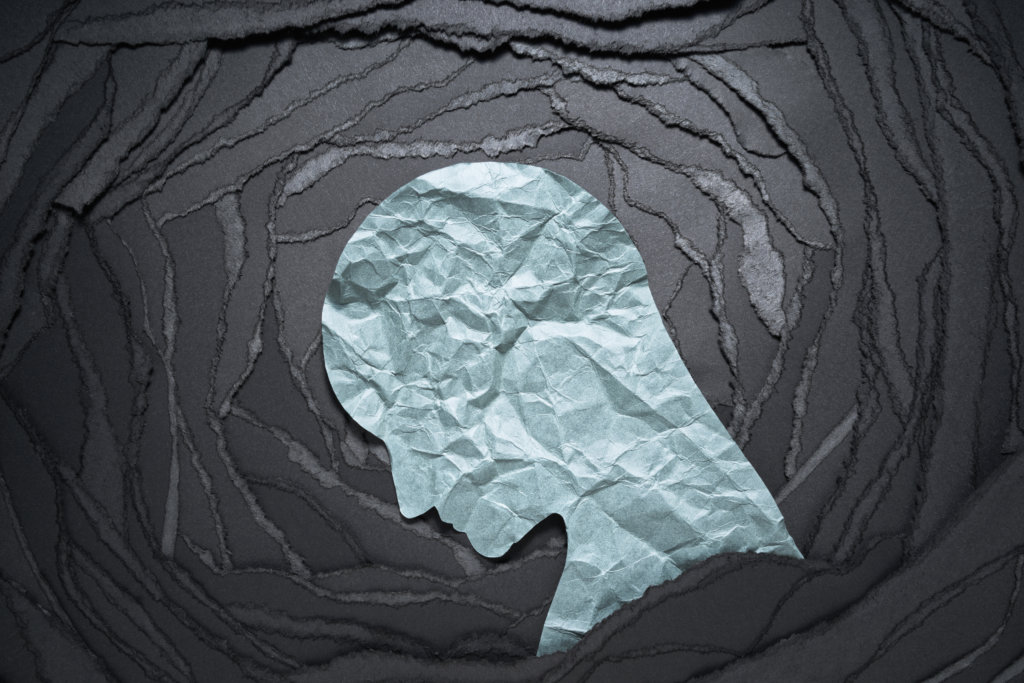Mental health is discussed much more openly nowadays than in decades past, and it’s never been clearer that depression is a global health issue. Deemed a significant contributor to the global burden of disease and a leading cause of disability worldwide, depression has been linked to inflammation in the past. Now, research out of Amsterdam has investigated this connection in more detail, uncovering surprising findings.
Earlier studies had found that depressed patients have altered levels of inflammatory markers. Additionally, depression is often linked to numerous chronic inflammatory diseases including rheumatism, inflammatory bowel disease, and multiple sclerosis. So, study authors hypotheiszed inflammation of the brain may play a role in depression.
To test their theory, researchers analyzed post-mortem human brain tissue from people with depression. The brain tissue came from recently deceased donors who had donated their brains to the Dutch Brain Bank for Psychiatry (NHB-Psy). To their surprise, the research team discovered that a certain type of immune cells in our brain (microglial cells) are actually less active in people with depression. That means the opposite of inflammation happens; the immune cells are suppressed.
Microglial cells are essential because they maintain contact points between our neurons (synapses), which means they help neurons communicate efficiently with each other. Moreover, microglial cells constantly scan the central nervous system for any damaged neurons, synapses, or harmful pathogens. Among samples taken from people with depression, only the microglial cells near neurons displayed lower activity levels. So, researchers opted to investigate if neurons send signals to the microglial cells during depression, making them less active. This indeed turned out to be true.
“During the study we used fresh tissue immediately after death to isolate microglia and compared these between depressed people and controls. We saw abnormal microglia in depressed patients, with the greatest abnormalities seen in patients who were most depressed just before death. Interestingly, abnormalities were only seen in the gray matter and not in the white matter of the brain. This suggests that there is a likely interaction between the microglia and the structures located in the gray matter: the neurons and synapses,” says Karel Scheepstra, a researcher involved in the study who also works as a psychiatrist at Amsterdam UMC, in a release.
“We also looked at the type of alterations. We’ve hypothesized for years that depression is associated with inflammation of the brain, but we’re now seeing just the opposite: not neuroinflammation, but rather an immune-suppressed type of microglia. We termed them ‘depressed microglia’ and we wondered how exactly this is possible. The proteins CD200 and CD47 are located on brain cells and synapses. They interact with microglia and are, as it were, a kind of ‘don’t eat me signal’. What we saw is that these proteins were elevated, resulting in suppressed microglia, thereby possibly preventing them from clearing damaged connections.”
“Depression is thought to have something to do with a change in neuroplasticity: the ability to make new connections between neurons. A relatively new antidepressant is esketamine, a drug that intervenes in this process and ensures that more connections start to grow again. In this study, we show that there is a disturbed neuron-microglia interaction. The next step would be to see what exactly the consequences of the inactive microglia are for the maintenance and formation of connections between neurons,” he continues.
“If we know where things go wrong in the process, this can provide targets for new medication. Can we make these microglia more active again? And what effect does this have on the course of the disease? For now, we have shown that the brains of people who were depressed during life show altered cell activity. This gives us a better understanding of what goes wrong, which we can then build on.”
The study is published in Biological Psychiatry.












